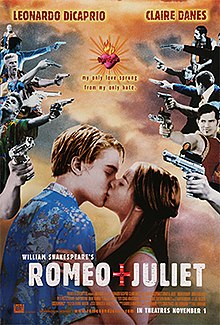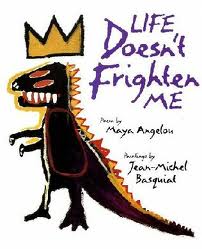A. focus of your piece is also called a "thesis" or "claim." It is where you name what you are going to be writing about throughout the entire post.
An easy way to write out your focus if you struggle with this is to:
1. Choose a prompt question from the list hanging in the room or posted
HERE.
2. Answer that question in a sentence or two (you will explain it in further detail later).
3. Then, turn the question part into a statement that leads into your answer. BOOM. You have a focus.
Watch the progression in this example:
1. "Who influences your protagonist? Is the impact positive or negative? Do you see similar things at work in the lives of your friends and peers? Explain.
2. Melvin has an incredibly positive influence on Vincent. I have noticed that when people my age have an adult to talk to honestly about life, they seem to feel more comfortable, peaceful and less stressed out.
3. When teenagers have someone to talk to honestly about their lives, it enables them to feel more confident as they face daily struggles like confusion and self doubt. Melvin is like a mentor to Vincent and his influence helps Vincent feel more confident in his identity.
Try this on your own right now for the post that is due tomorrow.
B. Use your focus to help anchor your thoughts for the rest of the post!
Now that you have this focus, use it to build the paragraphs that you will write. When I look at the above example, I know that I have to:
1. Introduce the story by naming the title and author AND who Melvin and Vincent are so the reader understands (adding context). I will do this before I name my focus, so that my reader will understand who Melvin and Vincent are when they read my focus. See how I changed it below:
The story "Am I Blue?" by Bruce Coville is about a teenage boy who is confused about his sexual identity---struggling internally through the issue as well as being bullied externally. Early on, a "fairy godfather" named Melvin appears and helps guide him through this stressful time of life. When teenagers have someone to talk to honestly about their lives, it enables them to feel more confident as they face daily struggles like confusion and self doubt. Melvin is like a mentor to Vincent and his influence helps Vincent feel more confident in his identity.
This focus/thesis/claim (those are all synonyms) can now go at the end of your introduction paragraph! The reader will know what to anticipate throughout your post.
2. Decide how you will "unpack" or
elaborate your focus. What more do you need to say so that you fully communicate this idea?
When I look at my statement above, I see that I need to unpack two major things, which can become two paragraphs (you may decide you need more paragraphs or want to be more creative in your organizational style, which is fine):
First, I want to talk about
how Melvin helps Vincent feel more confident. I can use text evidence and unpack it to support this.
Second, I want to talk about the idea of mentors for teenagers. I used to be a mentor and have had a mentor, so I have a lot to say.
Do you see how three paragraphs have just taken shape using my new, clear focus? Do this pre-writing work in your notebook before you start writing your post until it becomes second nature to you. If you practice this weekly, it will become second nature! Hang in there!
Take it one step further...look at YOUR "Am I Blue?" post. How might have this lesson have helped you with that post? Or, look at your other posts. How would this lesson strengthen them?

